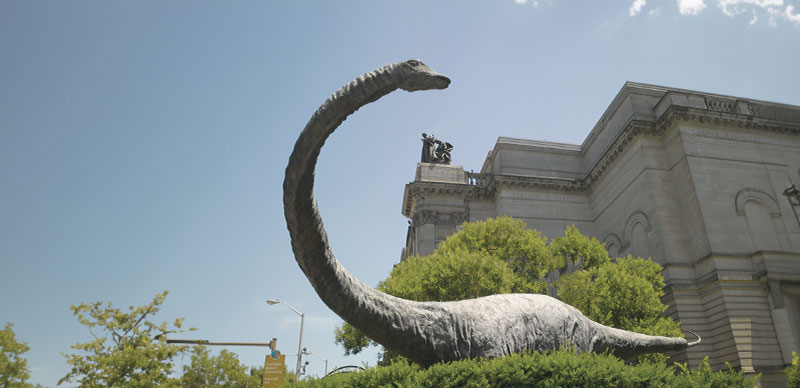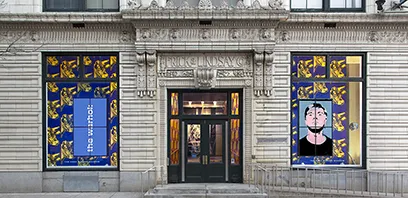By David R. Watters
When Columbus blundered into the Bahamas during his quest for Asia, he set in motion
a process that ultimately led to the almost complete annihilation of Native American
peoples of the Caribbean. As a result, archaeology now provides the principal means
by which we are learning more about the peoples Columbus encountered; and about those
peoples’ ancestors, who truly were the real discoverers of the Caribbean. Native
Americans preceded Europeans in the Caribbean islands by at least 5,000 years.
Archaeology reveals that one of the significant migrations began about 2,500 years
ago (500 B.C.) and originated from the Orinoco River drainage on the South American
continent. These Saladoid people (named after the Venezuelan site of Saladero) made
distinctive kinds of ceramics, which preserve well and thus are very useful to archaeologists
tracking the migration from island to island. The Trants site on Montserrat, where
I have conducted research since 1978, has become a key site for the scientific investigation
of this Saladoid migration.
The exquisitely crafted beads, pendants and related objects from Trants attest to
the skill of its Saladoid inhabitants in working stone and shell. Our research involves
analyzing beads held in museum collections as well as conducting new excavations
to document these artifacts in their stratigraphic context, from which we can interpret
their antiquity and cultural implications.
Serious research on stone beads by Caribbean archaeologists began only about two
decades ago, but already the results are directing us into exciting new paths of
investigation and interpretation.
Foremost among these findings is the striking diversity of rocks and minerals from
which these beads were created. Many of these stones must have been brought from
continental sources, most likely South America, since they do not occur in geological
deposits on the Caribbean islands. Our archaeological research also reveals various
stages of bead production, thus confirming that certain objects actually were being
manufactured by the inhabitants of Trants from imported raw materials. Since other
beads lack production stages, they apparently arrived at Trants as finished products
having been obtained through trade networks.
Did beads serve simply as objects of personal adornment for Caribbean Native
Americans? Or did they have other functions? Accounts written by Europeans in contact
with Native Americans in the Caribbean islands and on mainland South America reveal
that beads served a multitude of purposes beyond mere ornamentation, including to
indicate status and prestige and to physically represent creatures important in the
Native American mythology.
Caribbean archaeologists can appreciate beads in various ways-for signifying an artistic
tradition, manifesting a technologically sophisticated craft specialization, indicating
migrations and trade networks, and informing us about the society and culture of
these ancient beadmakers of the Caribbean islands.
David R. Watters is curator of Anthropology at Carnegie Museum of Natural History.



